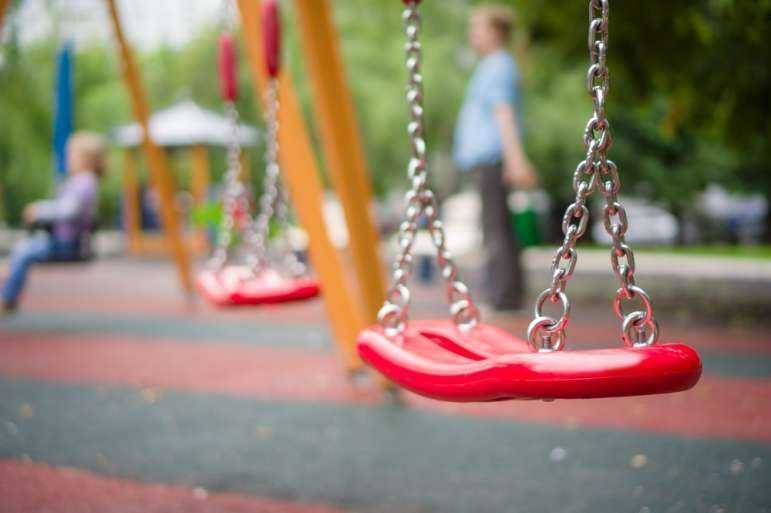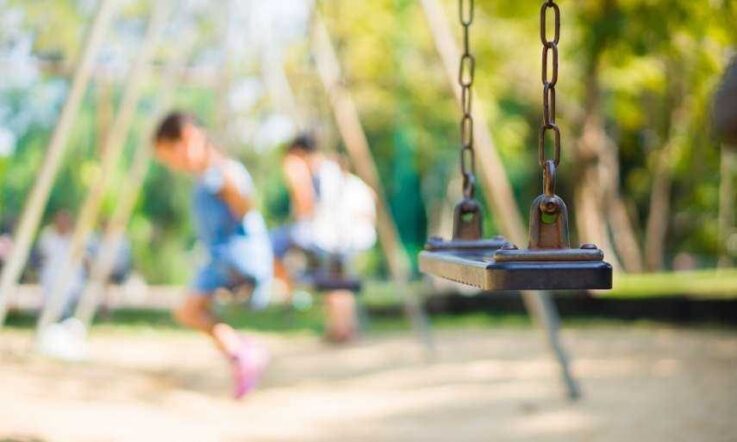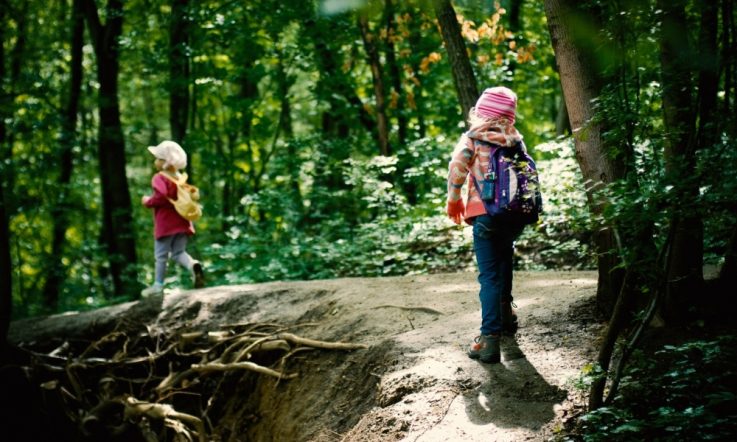This is an edited version of an article that was originally published in the May 2010 print edition of Teacher.
No school playground can ever be 100 per cent safe, but there’s plenty your school can do to make your playground as safe as possible. Steve Holden reports.
Play has a hugely important place in the development of your students, which is why schools need to provide learning environments that enable opportunities for quality play. Really well-designed playgrounds stimulate students to play and to extend their play, but it’s this that puts schools at the pointy end when it comes to safety. An exciting playground offers enough challenge that it’ll stimulate your students to play at the boundary of their current levels of skill – which means that at some point a student might come a cropper.
Before you remove all your swings and raze all your monkey bars, though, it’s worth remembering that no school playground can ever be 100 per cent safe. Your main responsibility is to address any hazards that would pose a foreseeable risk, to enable students to play in reasonable safety.
According to research reported by Angela Clapperton and Erin Cassell 90 per cent of playground injuries are caused by falls from play equipment. As Clapperton and Cassell report, fractures are the most common injury, accounting for 85 per cent of hospital admissions and 47 per cent of emergency department presentations. The most frequently injuries are forearm or elbow fractures, which account for 50 per cent of all playground equipment fall injuries.
Clapperton and Cassell (2005) say that those planning playgrounds and purchasing playground equipment, especially climbing equipment and monkey bars, should, ‘Consider research evidence that shows that the critical freefall height for arm fractures from playground equipment is 1.5 metres.
Innovative landscaping solutions – mounding and excavation – have the potential to reduce the freefall height from slides and climbing apparatus in playgrounds without diminishing challenge.’
The Children’s Hospital at Westmead, Sydney, recommends the installation of guardrails on any platform above half a metre, with guardrails to 900 millimetres in height so that students can’t climb any higher. It’s worth adding that guardrails should be vertical not horizontal, so they can’t be climbed. Keep in mind that falls don’t just refer to falls off play equipment on to the ground. Students can also fall from equipment on to a platform or deck. Platforms or decks accessible by steps with handrails or a ladder should be no higher than 600 millimetres. If platforms or decks are accessible without steps with handrails or a ladder, they should be no higher than 400 millimetres.
According to the Royal Children’s Hospital, Melbourne, you need a fall zone of impact-absorbing material underneath all play equipment of half a metre or higher. Make sure that fall zone material extends at least 2.5 metres beyond the outside edges of the equipment. Impact-absorbing material can be loose fill such as pine bark or mulch 250 millimetres deep, or material such as synthetic grass or wet-pour rubber. Remember, loose fill doesn’t mean sand, which can become a very hard surface when compacted, especially after rain.
You also need to ensure you have a maintenance procedure for your playground that includes inspection, repair and replacement of play equipment, and inspection, repair and replacement of impact-absorbing material.
Good playground design also ensures entrapment areas, pinch, crush or catch points, protrusions, tripping hazards, and sharp edges or dangerous surfaces are avoided.
There are two further design features you need to consider, though. First, you need to design your playground to avoid overcrowding, since overcrowding can lead to collisions and consequent injury. Australian Standard AS4685 recommends that you keep a minimum 2.5 metres between any piece of play equipment and anything else – paths, fences, trees, buildings and other play equipment – in schools.
Second, you need to design your playground to enable effective supervision. You should ensure supervisors have clear sight lines – the minimum 2.5 metres between any piece of play equipment and anything else helps you to do this – but also ensure there’s shade, shelter and seating. Basically, you need to make sure your playground is a comfortable place for supervisors. That ensures they’re close to the play they’re supervising. You’ve heard of close supervision? That’s where the supervisor is close.
Your school playground should have hard surface areas for ball games, hopscotch and the like, rebound walls; grassed areas for ball games, running around and doing cartwheels; sandplay areas; gardens, shrubs and trees, where younger students might hide or make cubbies; slides, horizontal and vertical ladders; climbing frames; and tables and seats. In general, seesaws, swings, maypoles, merry-go-rounds, roundabouts or flying foxes are not approved kinds of playground equipment and cannot be erected in school grounds.
Suppliers of play equipment need to give written confirmation that their equipment is constructed and installed to meet Australian Standard AS4685, and supply inspection and maintenance procedures to ensure the equipment continues to meet Australian Standard AS4685.
References
Clapperton, A. & Cassell, E. (2005). Consumer product related injury (1): Playground equipment and trampolines. Hazard (61). (Victorian Injury Surveillance Unit, Monash University Accident Research Centre.) Available at www.monash.edu.au/muarc/VISU/hazard/haz61.pdf
This is an edited version of an article that was originally published in the May 2010 print edition of Teacher. The author biography remains unchanged and may not be accurate at this point in time.



